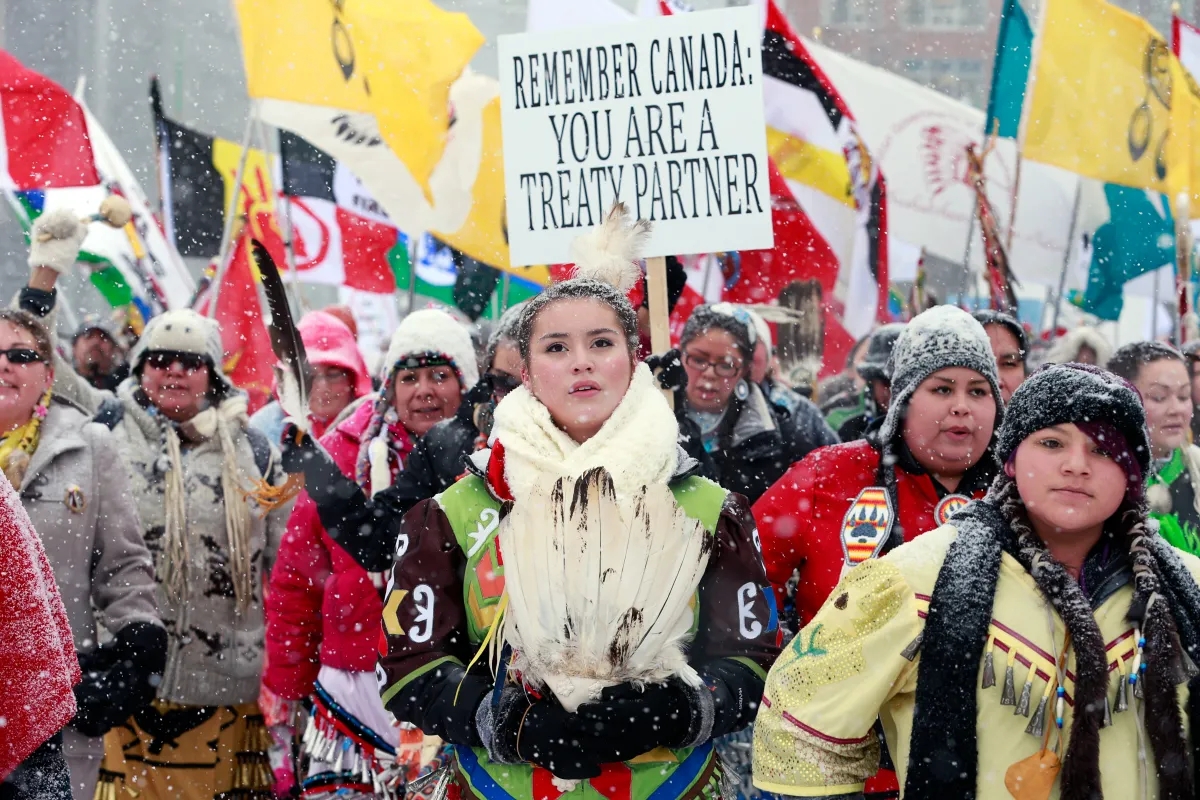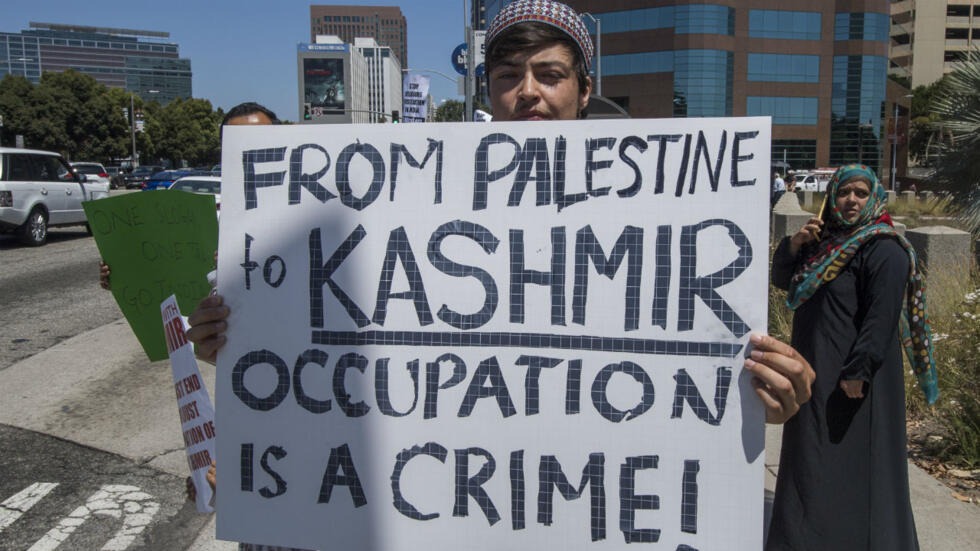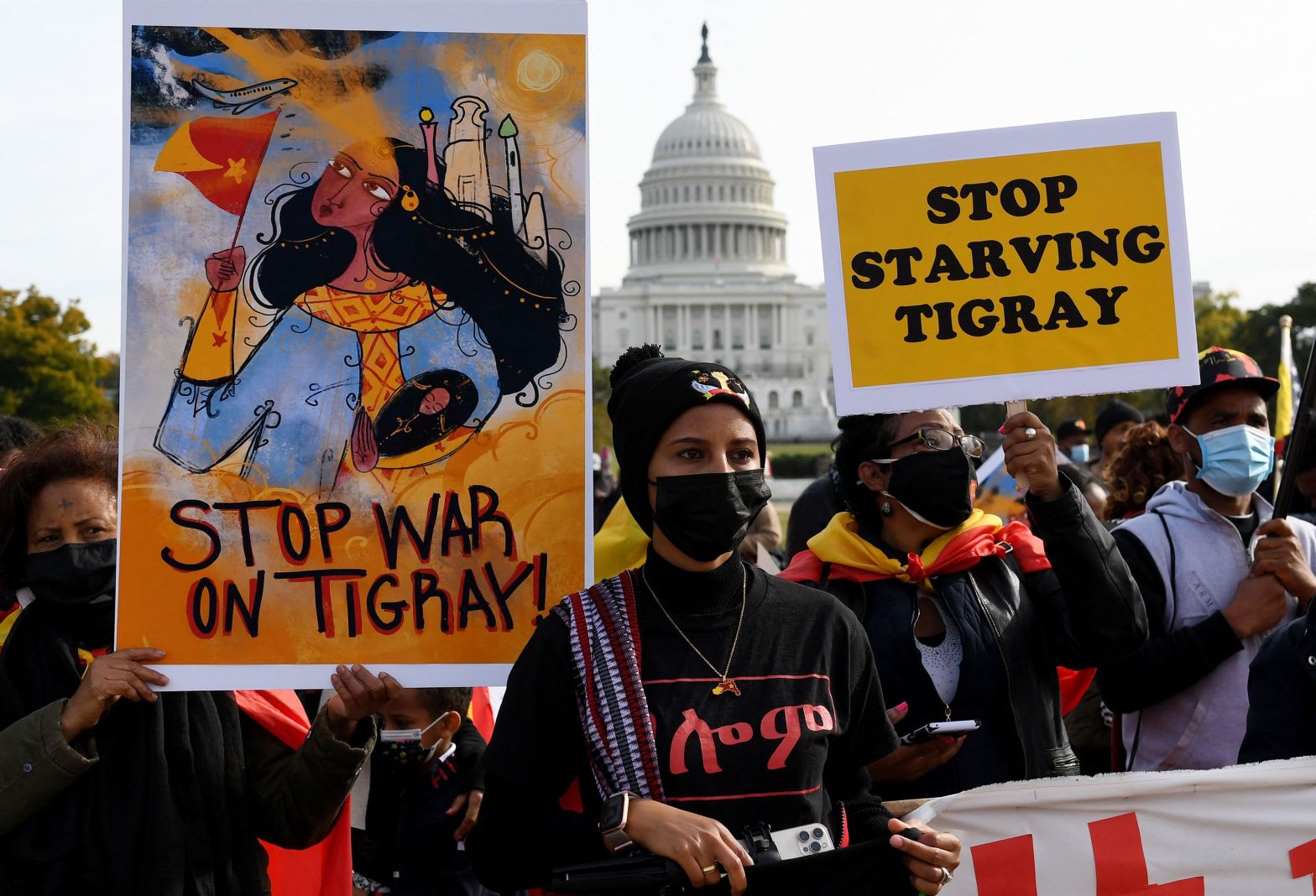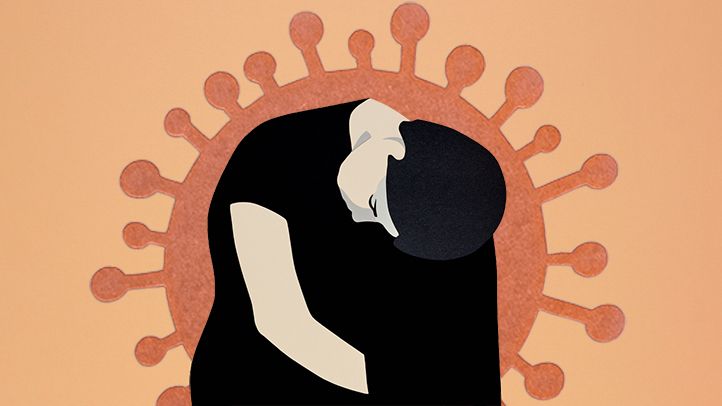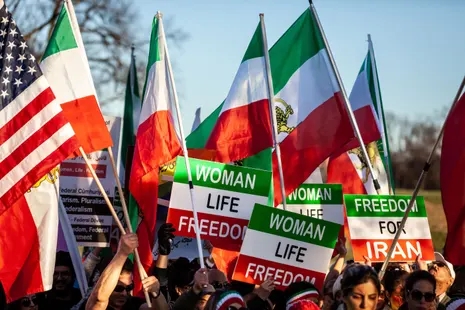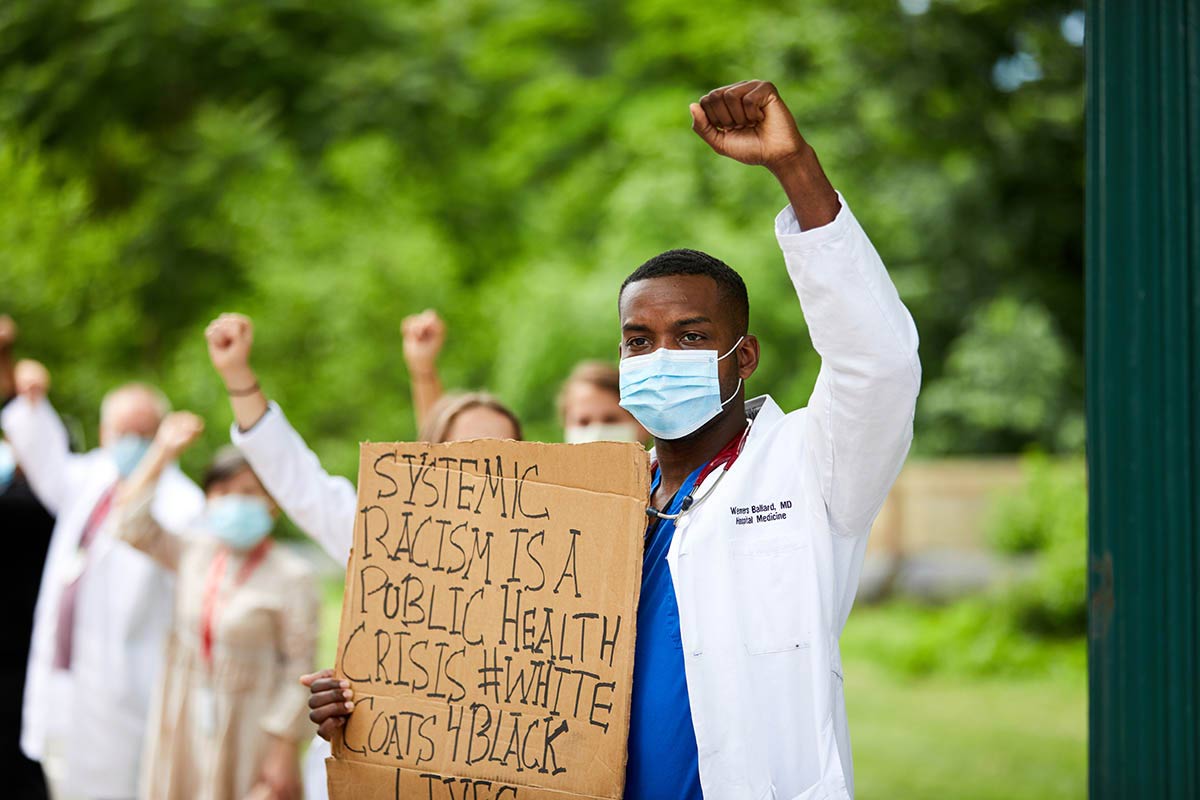“That hand is not the color of yours, but if I prick it, the blood will flow, and I shall feel pain. The blood is of the same color as yours. God made me, and I am a Man.”
– Ponca Chief, Standing Bear
In Canada, the Indigenous community faces ongoing challenges of discrimination and mistreatment at the hands of law enforcement agencies, particularly at the hands of the Royal Canadian Mounted Police (RCMP). individuals of Indigenous background are disproportionately targeted and victimized, with alarming rates of incarceration and incidents of police brutality as a result of the systemic biases deeply ingrained within the police system. As public scrutiny intensifies, calls for police accountability and systemic reform continue to gain momentum, highlighting the urgent need to address the inequalities embedded within the Canadian policing system.
The Indigenous community is arbitrarily targeted and victimized by the RCMP, likely due to negative stereotypes of criminality held by the individual officers. Evidence suggests that police are more likely to convict Indigenous people of crimes. For example, Indigenous people are vastly overrepresented in a wide spectrum of police-reported crimes, encompassing various categories such as both violent and non-violent crimes, as well as any other criminal activities for which charges may be levied. In 2018, police stations catering to mainly non-Indigenous populations reported six times less crimes than stations catering to primarily Indigenous populations (Allen, 2020).
Additionally, although Indigenous people make up only 5% of Canada’s population, 30.4% of the population in federal prisons is Indigenous (Government of Canada, 2020). According to Yellowhead Institute, this disproportionality can be attributed to “carceral redlining.” Carceral Redlining is a practice where “red lines [are] drawn around certain communities” which are then “criminalized and targeted for incarceration” (Numata, 2020). Hence, the increased likelihood of Indigenous people getting formally charged may be attributed to implicit biases which are weaponized against them by law enforcement. Not only are Indigenous people criminalised more often, but they are also more likely to be victims of police brutality.
To illustrate, people of Indigenous descent are disproportionately involved in police-related deaths. Specifically, one third of those shot by RCMP were of Indigenous background (Mercer, Fiddler, & Walsh, 2020). Indigenous women are also reported to have experienced various violent behaviours during interactions with police officers, including physical and sexual assault . According to Farida Deif, “a presumption that [Indigenous women] are engaged in criminal behaviour” escalates to “more excessive use of force” by the police (Buller, Audette, Eyolfson, & Robinson, 2019). In numerous cases, the RCMP have been held accountable for their actions by the general public. This has become evident in how unwarranted instances of brutality by police have led to protests demanding action against the perpetrating officers.
As the system fails to demand liability from officers that conduct themselves unjustly towards the Indigenous community, the people have stepped forward to demand justice for victims of tragic encounters with the police force. Following the summer of 2020, which saw a significant revitalisation of the Black Lives Matter campaign as protests erupted across the United States of America (USA) following the murder of George Floyd by a police officer, nationwide discussions on the topic of unwarranted police brutality towards minority groups were initiated (Johnson, 2020). As the USA began to uncover and confront the dark realities of its criminal justice system, Canadians also started to scrutinize the shortcomings of their own law enforcement, as seen by public outcries for justice in instances of police brutality in the same year.
In 2020, Chantel Moore, an Indigenous woman, was shot to death by an Edmundston Police Force officer on June 4, 2020. The police officer had been called to her premises to perform a wellness check. Rather than using non-lethal force to subdue Moore, the officer almost immediately resorted to violence by firing at her, an action that drew public criticism and outrage. (Magee, 2020). In response to Moore’s murder, protests took place nationwide across Canada in hopes of advocating for justice on behalf of not just Moore, but all Indigenous peoples who had found themselves victimized by the law enforcement system (McKeen, 2020).
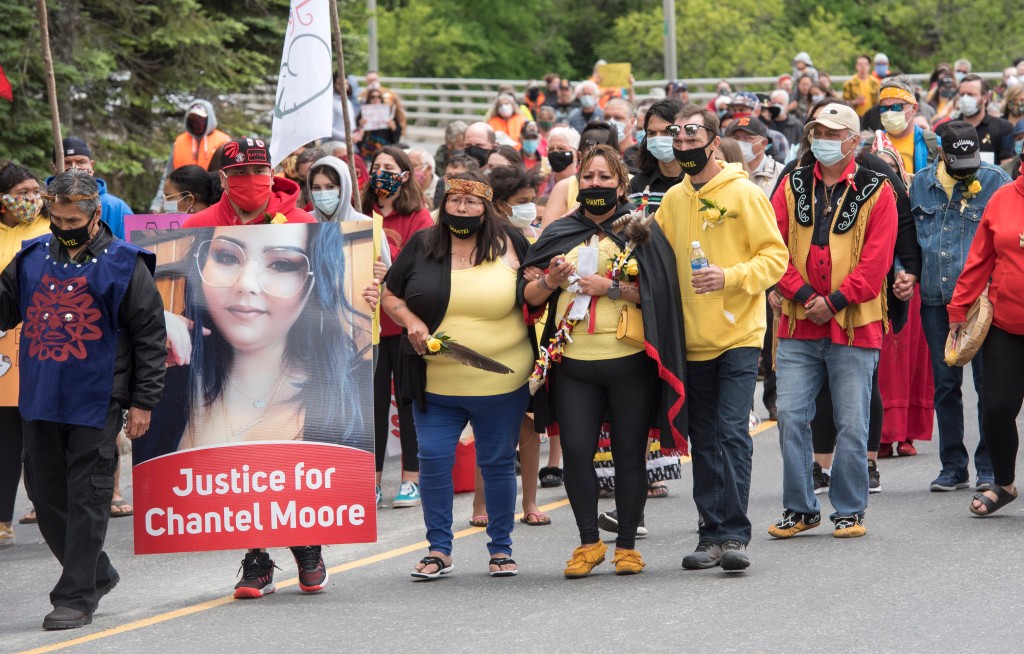
Unfortunately, the justice system is still yet to prevail for Moore, as the police officer was not charged with any crime, nor was his license ever revoked (Kelly, 2020), but that is not to say that the protests have had no impact. Bill 49, a legislation that sought to give emergency powers to the police forces of New Brunswick, was withdrawn following the death of Moore as government officials realised the potential misuse of the bill by perpetrators of systemic racism (Poitras, 2020). Upon reflection of Moore’s case, where out-of-province agencies were employed due to a lack of institutionalised force in the province, New Brunswick also belatedly instituted a provincial police oversight agency in 2023 (MacKinnon, 2023).
Politicians were once again compelled to recognize the presence of systemic racism in Canadian police forces when a video depicting the aggressive assault of chief Allan Adam by an RCMP officer went viral on the internet (Porter & Bilefsky, 2020). Canadians used social media to express their outrage at the instance, including all three leaders of major federal political parties in Canada (Porter & Bilefsky, 2020). Despite the initial dismissal of this instance of police brutality by the RCMP, the widespread circulation of the video prompted the organization to launch an investigation into the altercation (Porter & Bilefsky, 2020). While it is amazing that the Canadian public continues to utilize their voice to hold law enforcement responsible for their actions, ultimately, it should be the system that ensures safety and justice for the Indigenous people.
In order to ensure that Indigenous people feel protected and safe in our society, certain steps must be taken to reform the law enforcement systems. For one, police systems must be subject to some form of accountability for their actions. Certain provinces, such as P.E.I., lack their own provincial police oversight agency (Mercer, Ross, & Flatt, 2020). Police oversight agencies are responsible for investigating any cases of misconduct committed by police officials (Government of Alberta), and are thus a necessary tool to ensure the liability of police forces. Therefore, a third party agency must be established in each province and territory as a provincial police oversight agency to conduct external investigations into the performance of the police forces, certifying responsibility on behalf of the police.
Additionally, resources and funding typically allocated to law enforcement should be redirected towards community services. According to Yellowhead Institute, “inequalities are resolved” by “investing in housing, healthcare, and education”, as improving these aspects of society will decrease crime rates (Numata, 2020). In regards to funding allocated to police services, police should be required to be transparent about the use of the money. For example, Calgary Police is not required to specify how their budget is spent to the city (Kinney, 2020). This lack of transparency from law enforcement creates distrust and should be amended. Canada also needs to increase transparency by making data on police brutality available to the public. Sociologist Akwasi Owusu-Bempah says that data suppression is rampant in Canada when it comes to statistics about policing and judicial systems in correlation to race, and a “reluctance to release that information” stems from a need to “shield the organizations and institutions from allegations of racial bias and other forms of discrimination” (Taddese, 2020).
In order to combat police brutality against Indigenous people and the systemic racism rampant in our law enforcement system, measures must be taken to reform the Canadian policing system.
Indigenous communities in Canada are often subjected to unjust victimization through police brutality as a result of preconceived biases and prejudices held by many officers. As a society, Canadians are starting to confront the systemic racism that fuels these acts by demanding for accountability to be displayed by law enforcement. However, to truly ensure responsibility on behalf of the police force, major reforms must take place to transform police systems and societal structures in order to solve the inequalities perpetuated by the system.
Works Cited:
Allen, M. (2020, November 18). Crime reported by police serving areas where the majority of the population is Indigenous, 2018. Retrieved February 29, 2024, from https://www150.statcan.gc.ca/n1/pub/85-002-x/2020001/article/00013-eng.htm
Buller, M., Audette, M., Eyolfson, B., & Robinson, Q. (2019). Reclaiming power and place: The final report of the National Inquiry into Missing and Murdered Indigenous Women and Girls. Vancouver, BC: National Inquiry into Missing and Murdered Indigenous Women and Girls. Retrieved February 29, 2024, from https://www.mmiwg-ffada.ca/wp-content/uploads/2019/06/Final_Report_Vol_1a-1.pdf
Campbell K. (2022) P.E.I. police review report includes call for civilian oversight. Retrieved February 29, 2024 from https://www.cbc.ca/news/canada/prince-edward-island/pei-police-services-review-report-1.6345538
Government of Canada, O. (2020, January 21). Indigenous People in Federal Custody Surpasses 30% – Correctional Investigator Issues Statement and Challenge – Office of the Correctional Investigator. Retrieved February 29, 2024, from https://www.oci-bec.gc.ca/cnt/comm/press/press20200121-eng.aspx
Government of Alberta. (n.d.). Policing and police oversight. Retrieved February 29, 2024, from https://www.alberta.ca/policing-police-oversight.aspx
Johnson, D. (2020, June 30). The George Floyd uprising has brought us hope. Now we must turn protest to policy. Retrieved February 29, 2024, from https://www.theguardian.com/commentisfree/2020/jun/30/black-lives-matter-protests-voting-policy-change
Korzinski, D. (2020, October 12). Defend or Defund? One-in-four support cutting local police budgets; most back social welfare over hiring more cops. Retrieved February 29, 2024, from http://angusreid.org/rcmp-systemic-racism-indigenous/print
Kelly, A. (2020, November 28). Mother of Chantel Moore seeks answers, change after son’s suicide. Retrieved February 29, 2024, from https://vancouverisland.ctvnews.ca/mother-of-chantel-moore-seeks-answers-change-after-son-s-suicide-1.5208361
MacKinnon B. (2023, Nov 24). Independent police watchdog agency opens N.B. office in Fredericton. Retrieved February 29, 2024, from https://www.cbc.ca/news/canada/new-brunswick/new-brunswick-serious-incident-response-team-police-watchdog-fredericton-nova-scotia-1.7037590
Magee, S. (2020, June 06). Investigation of shooting death of Chantel Moore could take months | CBC News. Retrieved February 29, 2024, from https://www.cbc.ca/news/canada/new-brunswick/chantel-moore-police-shooting-investigation-1.5599715
McKeen, A. (2020, June 12). Chantel Moore’s death deserves ‘same kind of reaction as George Floyd,’ Indigenous leader says. Retrieved February 29, 2024, from https://www.thestar.com/news/canada/2020/06/12/chantel-moores-death-deserves-same-kind-of-reaction-as-george-floyd-indigenous-leader-says.html
Mercer, G., Fiddler, W., & Walsh, M. (2020, June 05). N.B. police shooting of Indigenous woman sparks outrage across Canada. Retrieved February 29, 2024, from https://www.theglobeandmail.com/canada/article-nb-police-shooting-of-indigenous-woman-sparks-outrage-across-canada/
Mercer, G., Ross, J., & Flatt, J. (2020, June 15). RCMP killings of Indigenous people intensify calls for police reform. Retrieved February 29, 2024, from https://www.theglobeandmail.com/canada/article-rcmp-killings-of-indigenous-people-intensify-calls-for-police-reform/
Numata, Y. (2020, July 08). Carceral Redlining: White Supremacy is a Weapon of Mass Incarceration for Indigenous and Black Peoples in Canada. Retrieved February 29, 2024, from https://yellowheadinstitute.org/resources/carceral-redlining-white-supremacy-the-incarceration-for-indigenous-and-black-peoples/
Poitras, J. (2020, June 15). Higgs scraps legislation to increase emergency powers of government and police | CBC News. Retrieved February 29, 2024, from https://www.cbc.ca/news/canada/new-brunswick/blaine-higgs-bill-police-power-emergency-1.5612774
Porter, C., & Bilefsky, D. (2020, June 12). Video of Arrest of Indigenous Leader Shocks Canada. Retrieved February 29, 2024, from https://www.nytimes.com/2020/06/12/world/canada/Allan-Adam-athabasca-police.html
Taddese, Y. (2020, June 12). ‘Shielding’ race-based data in policing allows for wilful ignorance of systemic racism, prof says | CBC Radio. Retrieved February 29, 2024, from https://www.cbc.ca/radio/day6/cops-gets-cancelled-race-based-data-in-policing-reckoning-at-bon-appetit-j-k-rowling-bruce-lee-and-more-1.5607756/shielding-race-based-data-in-policing-allows-for-wilful-ignorance-of-systemic-racism-prof-says-1.5607777?__vfz=medium
Written by: Manat Sidhu
Edited by: Lhezel De Quina
